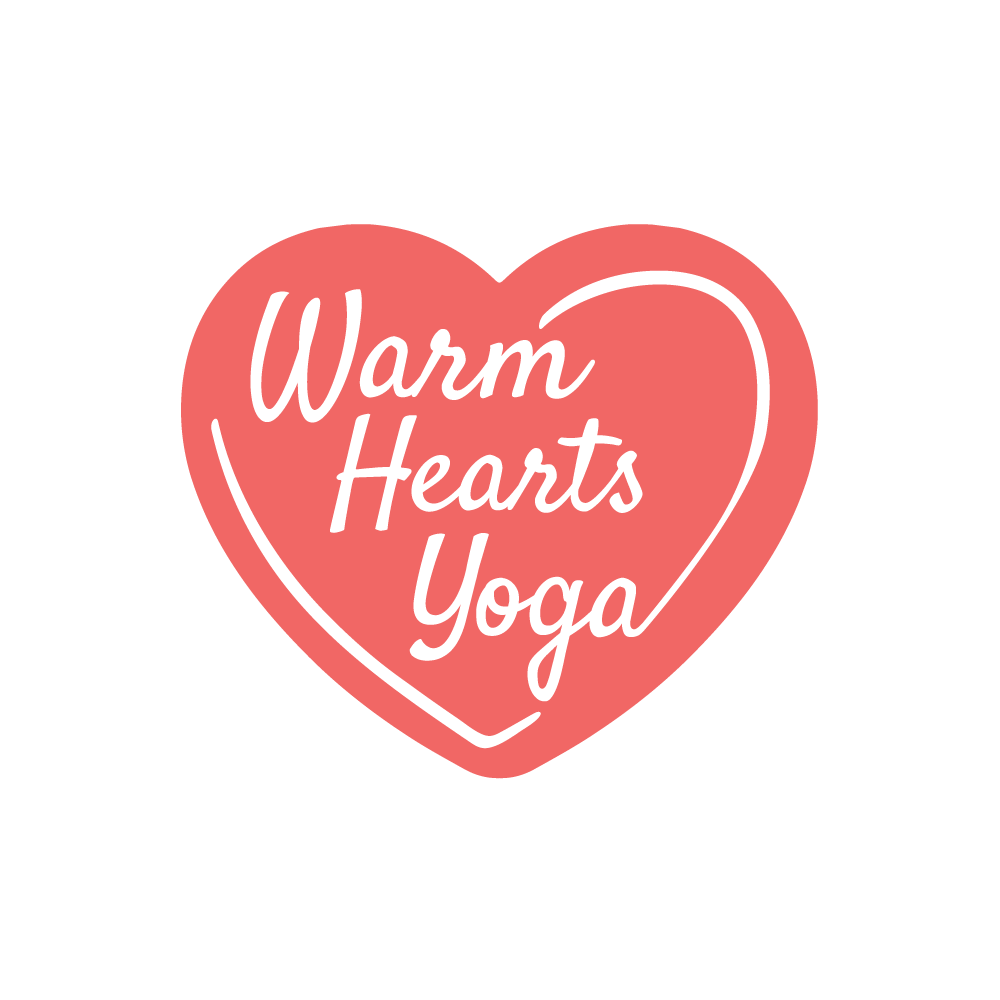The beauty of Ashtanga Yoga
The first yoga class I ever attended was an Ashtanga Vinyasa class. I distinctly remember a moment after the first four or five sun salutations when the teacher said “now rest here in downwards facing dog”. My arms were shaking. I was hot and sweaty already. My breath was far from steady. And this shape my body was in felt about as far from a resting pose as I could get! Still, I got through the class, and I went back, and I went back again. And over time I found that I could breathe, then I started to build strength and stamina, the strange postures became more familiar, and eventually I found some steadiness.
In Ashtanga, we work with a set series of postures (actually there are six different series, but most of us will work with one or two of these in our practices). This means we become familiar with what we are asking our body to do, which not only helps us to refine the postures physically but also helps us find some quietness in the mind. When we don’t constantly have to think about what posture comes next or how to create a particular shape we can instead fix our awareness on the breath and start to develop a one pointed focus for the mind.
Some people worry they will be bored doing ‘the same thing’ every time they step on their mat. But it’s never the same practice. For a start, you can always mix things up a little and practice half of primary series one day and the other half on another. But even when you are practising the same postures, there are always differences. Because each time you step on your mat you are different. And this is the beauty of it. Coming into the same physical postures when your energy is different, your mood is different, your body feels different for any reason can teach us so much. Yoga is a journey of discovery, and through this practice of asana we start to learn about ourselves. We learn about our physical bodies and how they work, understanding those quirks that make each of us unique, and about how we react in different situations.
Ashtanga has a reputation for being challenging. And it can be. It is. But it doesn’t have to be a full on, physically demanding, strenuous yoga practice. Because in Ashtanga we work one pose at a time, one step at a time, and within each pose there is scope for variety. We can use props, we can modify, we can change hand positions, try a slightly different alignment, so many possibilities. And because we are working with the same postures, you start to learn which options are best for you. Your practice is truly personalised for you and your body.
For a long time, I was not a traditional Ashtangi. In fact, I didn’t encounter a tradtional Ashtanga class until around 2014. This was my first experience of Mysore style, and I was hooked. I realised in my first class, that although I was familiar with the Ashtanga postures, without someone telling me what came next I was lost! But my teacher was amazing, and patiently reminded me of the order, of when to inhale, of when to exhale, and I soon found my rhythm. In a Mysore class, each person is taught individually, so everyone may be working on something different, but at the same time they are bringing their energy and their breath to the room to create something powerful together.
Mysore classes are often run early in the morning. It took me a good 6 months to become comfortable with my early alarm clocks and stepping on my yoga mat before anyone else was awake, but now I love it. I started with one morning, then two, and over time I built my routine to 5 early(ish) mornings and one later morning practice, because this fits best around my life at the moment. But there are no rules. The thing about developing a self practice is that you develop it to suit you. Practice to live, don’t live to practice.
My morning Ashtanga practice is my time. For a long time, it was just me and my mat for at least 3 mornings a week. Then covid happened, and online yoga burst onto the scene, and I discovered that a virtual mysore room is (almost) as good as the real thing. So now I usually have some virtual company. Either way, I step on my mat and I breathe. I chant the opening mantra. I start to move through my sun salutations, and I tune into how I am feeling on that day. Some mornings I feel amazing from the start, pure joy to be there on my mat breathing and moving. Some mornings I feel stiff and tired and drag myself through the postures. Some mornings my head is anywhere but on my mat and I constantly remind myself to come back to the moment. Some days I will practise for 30 minutes, other days I might spend 2 hours on my mat. And at the end of my practice I stop. I breathe. I chant. I lie down and take rest.
And I notice again how I feel. And I feel better. Maybe a lot better, maybe a little, but something has shifted.
And then when I am ready to roll of my mat, I am ready for whatever the day has in store for me.


